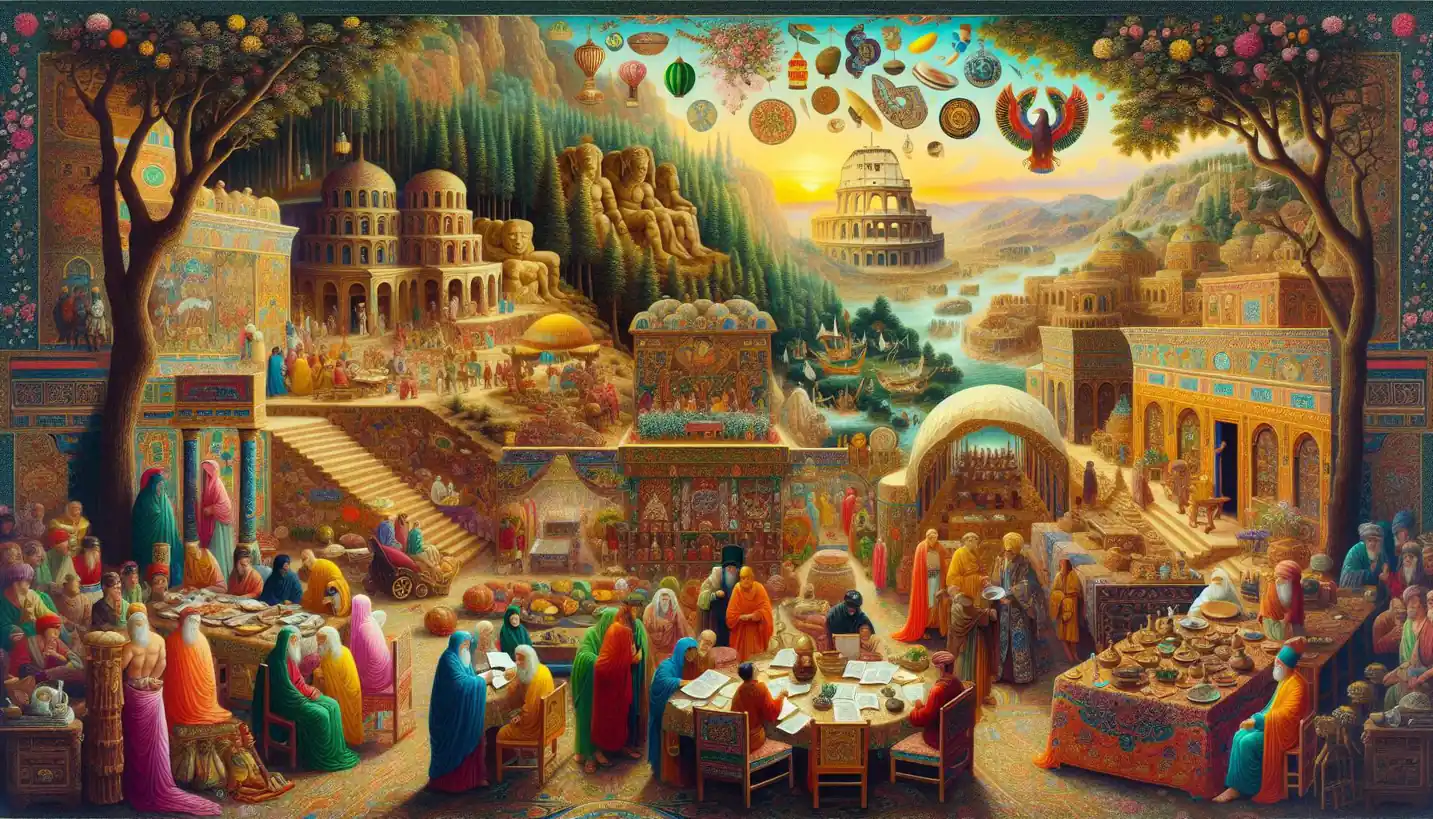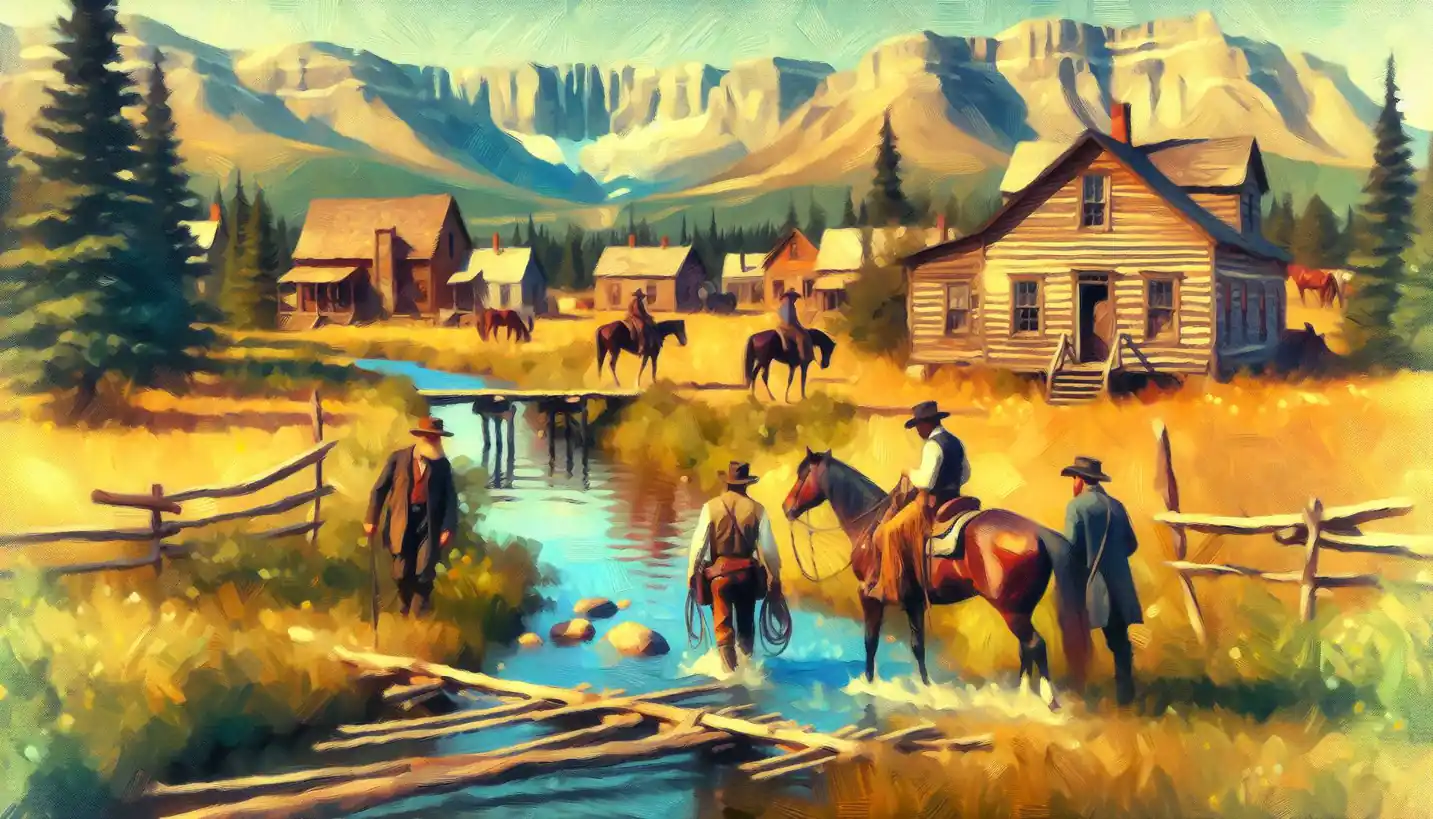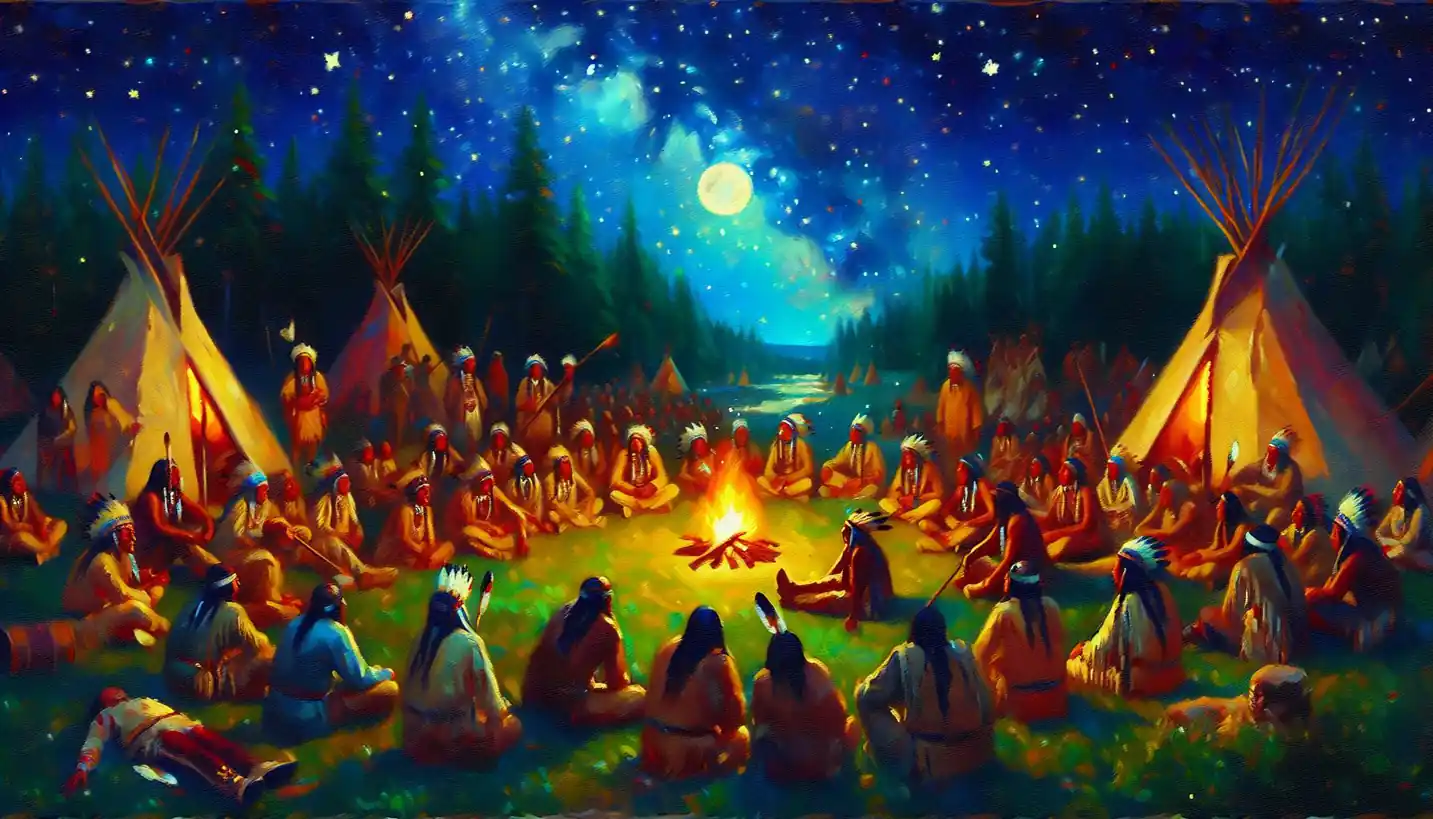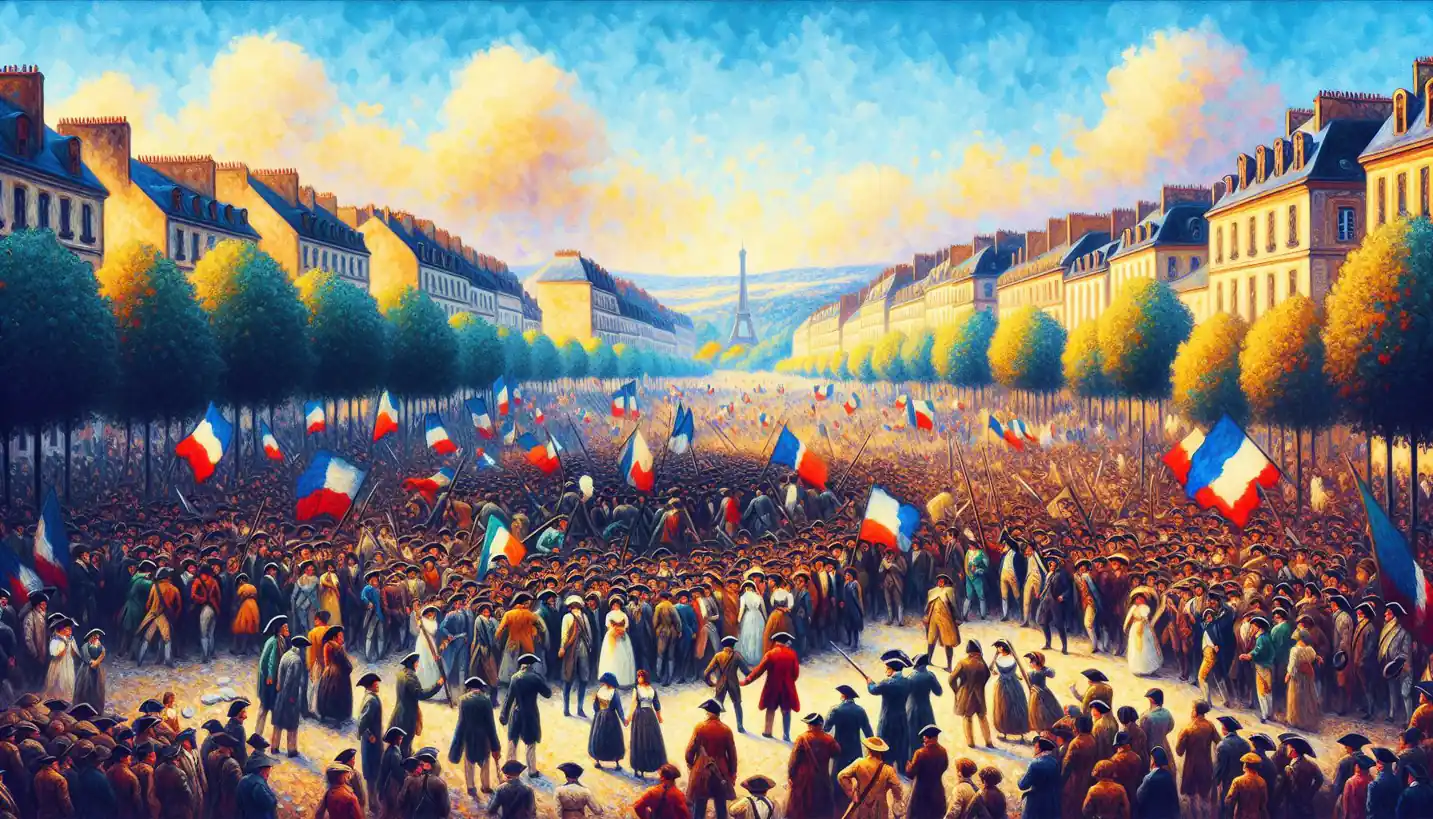· History · 4 min read
Displacement: Tracing the Journey of Human Migration
Displacement is a compelling narrative of human migration and resilience. Tracing these journeys helps us understand crucial historical dynamics.

Throughout the ages, human history has been defined by the movement of people from one place to another. This story, woven into the fabric of migration history, tells us about displacement—a concept that has shaped societies, economies, and cultures across the globe.
Displacement, in the context of migration, refers to the forced movement of people from their homes. This could be due to conflict, natural disasters, or other crises. Unlike voluntary migration, where people move by choice, displacement often leaves individuals with little to no option. Let’s explore how this movement has played a crucial role in shaping human history.
The Roots of Displacement
Going back to some of the earliest human societies, we can see instances of displacement. Wars, famines, and environmental changes forced people to seek new homes. In ancient times, entire communities would uproot to find fertile lands or safety from invasions. Think of it as seeking a place where basic needs for survival—like food and security—could be met.
Stories from the past provide us with a picture of resilience and adaptation. For example, during the early Middle Ages, the Great Migration saw numerous tribes, such as the Visigoths and Ostrogoths, leave their homelands to find new territories. These movements were not just about survival; they played pivotal roles in forming the new societies of Europe.
Displacement in Modern Times
Fast forward to the 20th and 21st centuries, displacement remains a powerful force. Two world wars led to massive numbers of people fleeing from conflict zones. The creation of new political boundaries and states often left minority groups displaced, searching for places to call home. The aftermath of colonialism added another layer, as newly established countries sometimes expelled populations, leading to further displacement.
Natural disasters also contribute significantly. Events like earthquakes, floods, and hurricanes can make entire regions uninhabitable. For instance, in recent years, rising sea levels and extreme weather conditions have threatened island nations and coastal communities, leading to what some call “climate refugees.”
Impact on Society and Culture
Displacement impacts both those who move and the societies they join. When people are uprooted, they carry their customs, languages, and traditions with them. This cultural exchange can lead to vibrant multicultural societies. However, it can also create tension, particularly if resources are scarce or if newcomers are not readily accepted.
Economically, displacement can be a double-edged sword. On one hand, it can lead to a diversified workforce and spur innovation. On the other hand, sudden influxes of large populations can strain infrastructure and resources.
It’s worth noting that displaced individuals often show remarkable resilience and adaptability. They build new lives, contribute to local economies, and enrich the cultural landscape.
The Role of International Organizations
Organizations like the United Nations High Commissioner for Refugees (UNHCR) and various non-governmental organizations (NGOs) play an essential role in managing the challenges of displacement. They provide humanitarian aid, help in the resettlement process, and advocate for policies that protect displaced persons.
These organizations also work to bring global attention to the plight of the displaced, pressing for solutions that address root causes like conflict resolution and climate change mitigation.
Looking to the Future
As we look to the future, displacement is likely to remain a significant issue. Climate change, political instability, and economic disparities could drive even more people to seek new homes. Solutions will require international cooperation and innovative thinking.
Understanding the human aspect, empathy, and cooperation at global levels will be critical. Nations will need to work together to create policies that not only address immediate needs but also focus on long-term solutions.
Conclusion
The concept of displacement in migration history is a compelling narrative of struggle, resilience, and adaptation. It reflects the ongoing journey of humanity, seeking safety, opportunity, and peace. By learning from the past and addressing current challenges with compassion and cooperation, we can forge a path toward a more inclusive and understanding world.
The story of displacement is not just about movement; it is about transformation—of individuals, societies, and the global community.



